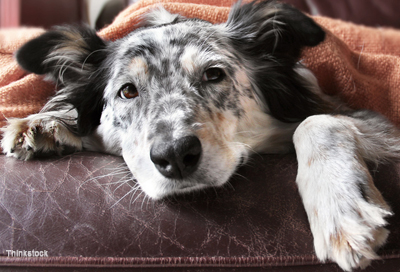Cats also frequently get yeast infections caused by fungi.
Cat vomiting undigested food and diarrhea.
Large volumes of diarrhea will usually be produced several times a day.
The cat will run and jump.
A symptom that may be indicative of a more serious condition is blood in the vomit which can signal an ulcer or cancer.
If you do not already replace their water several times a day it is a good habit you should get into.
Most cats with gastroenteritis will have intermittent episodes of vomiting and diarrhea.
A cat may reject the opportunity to eat cold food.
When a cat eats it seeks to replicate the experience.
This is unappealing and difficult for your cat to digest.
Be sure your cat sees the vet regularly and discuss your concerns.
Many owners will observe dry heaving or gagging after their cat eats or drinks.
For a cat who still bolts her food you can try a puzzle feeder or a dry food with large crunchy pieces to slow her down.
More fiber once the cat returns to their normal diet may also be useful.
When the yeast infection affects the intestines your cat will have watery stools and may vomit as well.
The vomit may contain foamy yellowish bile especially after the stomach has been emptied.
Food is too cold.
Special foods or medication prescribed by your vet may also help relieve underlying health issues or allergies that lead to your cat vomiting.
If your cat has kidney disease your vet may recommend blood pressure medication and increasing fluid intake.
Simple changes such as feeding a high quality cat food that doesn t contain an allergy producing protein and making sure that any poisonous plants and chemicals are removed from your home are great ways to start.
If your vet has ruled out other medical issues and thinks that what your cat is vomiting up is actually food they may want you to try a commercial sensitive systems food with your cat.
In many cases cat vomiting can be prevented.
Warm not hot food can also help make the food more appetizing after they have had a bout of vomiting and diarrhea.
Your veterinarian can diagnose this disease rather easily.
In the vast majority of cats he or she can run a blood test called a total t4 that checks for the level of thyroid hormone.
If you cat is a habitual scarf and barf cat or if they have intestinal sensitivities that may be causing them vomit up partially digested or undigested food.
The treatment for your cat s vomiting depends on the underlying cause.
Symptoms of cat vomiting include heaving retching and the expulsion of partially digested food.
If your cat also has food allergies they need a limited ingredient diet.
Cats may continue to vomit even when there is no food material in the stomach resulting in a clear to yellow foamy material.
Any food yet to be digested will be expelled as vomit.
Never feed a cat food straight from the refrigerator.
The most well known bacteria that causes cat vomiting and diarrhea is salmonella which is found in infected meats and food.
They send food traversing down the intestinal tract too rapidly causing diarrhea.

